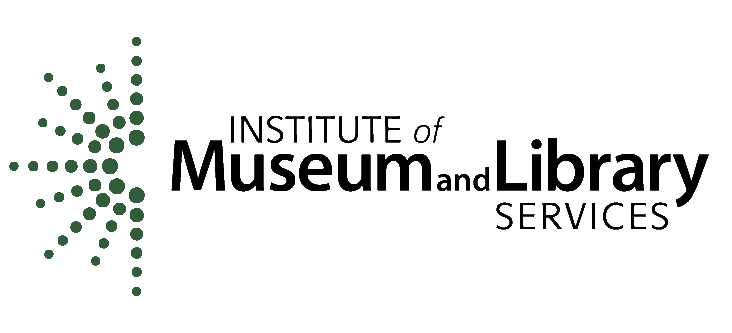
Summer library programs (SLPs) encourage children and teens to practice reading and literacy skills during out-of-school time, which can help maintain proficiency and counter the “summer slide” (term for a decrease in reading proficiency of students who do not read during the summer). SLPs offer enriching activities for the entire family and community.
